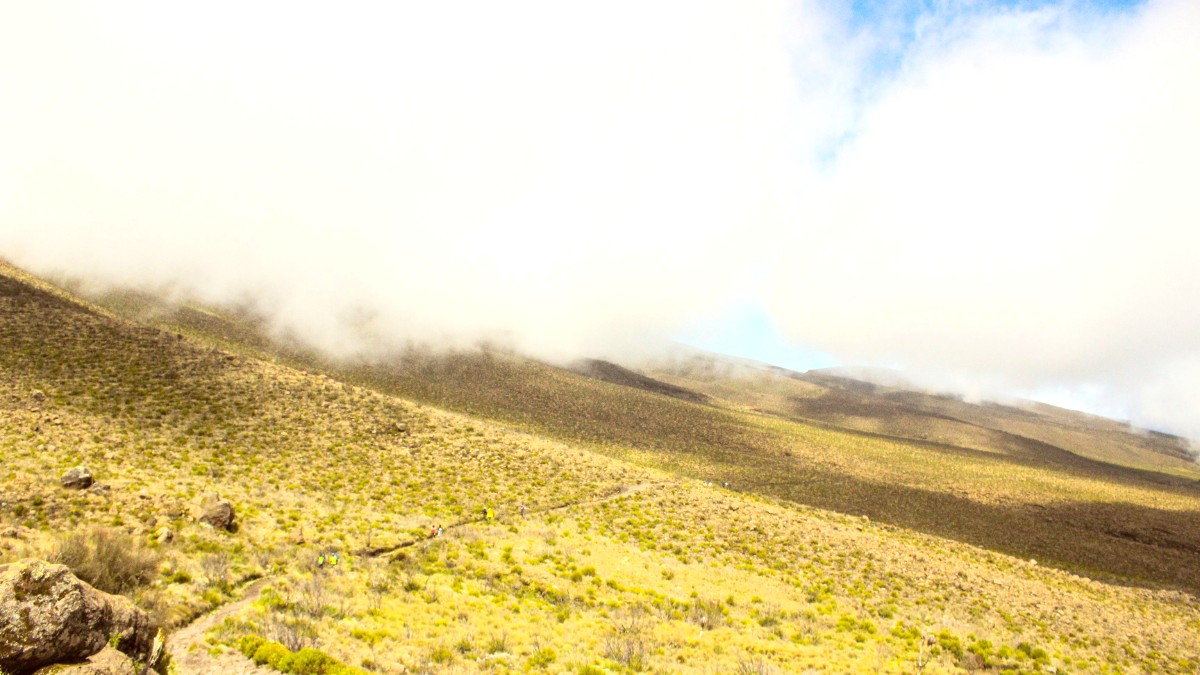
Tanzania
People often seek out Kilimanjaro for several reasons. For many, it is a personal test. It presents a chance to push physical limits. It also brings an opportunity to build mental strength. For others, it is about the unique natural beauty. The mountain's diverse zones are home to many plant and animal species. Some are found nowhere else. The views from its slopes, especially at sunrise, are breathtaking. They feature panoramas across the African plains.
Your trip starts well before you reach Tanzania. It needs careful planning. This includes understanding the best time to visit. You must get your visa and permits. You also need to manage your budget. Thinking about health and safety is important. Packing the correct gear matters greatly. This guide gives you the steps to prepare for a safe and successful climb. It also details ways to enjoy the areas around the mountain.
The challenge of Kilimanjaro is not only its height. It is also the rapid changes in altitude and climate. Proper acclimatization makes a difference. This means taking your time. It means listening to your guides. These practices raise your chances of reaching the summit. They also make the experience safer.
Beyond the climb, the region has more experiences. You can learn about the local Chagga culture. You can visit coffee plantations. Relaxing at natural hot springs is an option. Taking a safari to nearby wildlife parks is a popular add-on. This guide features options for these activities. It helps you make your Tanzania trip complete.
This guide breaks down every step. It covers planning details. It gives advice on what to pack. You learn about transport. It also details food options and attractions. Practical tips support you throughout your journey. We aim for you to have a rewarding and memorable Mount Kilimanjaro adventure.
Gradual ascent boosts success.
Their knowledge is invaluable for navigation.
Porters carry heavy gear.
Drinking water is critical.
Proper food sustains energy.
It includes careful review of personal gear. It means physical conditioning. It also means mental readiness. Embrace the challenge. Cherish every moment. The mountain journey changes perspectives.
Have all your climbing gear ready before you travel. This includes specific layers and footwear for different altitudes. Quality equipment significantly impacts your experience.
Physical preparation before your climb makes a positive impact. Focus on cardiovascular fitness and strength training. This training prepares your body for the ascent.
Every aspect of your Mount Kilimanjaro journey, from planning to the actual climb, comes together for a remarkable experience.
The Kilimanjaro climb is a trek through diverse ecological zones. Each day brings new landscapes and environmental conditions. The path winds from rainforest to alpine desert, culminating in a glacial summit. Each section of the climb plays a role in acclimatization.
The routes vary in length and difficulty. Guided expeditions make the ascent possible for many, with support teams managing logistics.
Journey from tropical to arctic zones.
Routes vary in length and challenge.
Professional guides lead the way.
Kilimanjaro ascents are fully supported. This means a team of guides, porters, and cooks joins you. They manage camp setup, meals, and water. This allows climbers to focus on the trek.
Secure your visa in advance.
Confirm all needed immunizations.
Arrange high-altitude travel insurance.
Estimate all costs including tips.
Copies of passport, visa, insurance.
Keep family and operator contacts handy.